South Asia
Monthly Archive: December Sout
Weapon Wednesday: Bagh Nakh--making humans into tigers
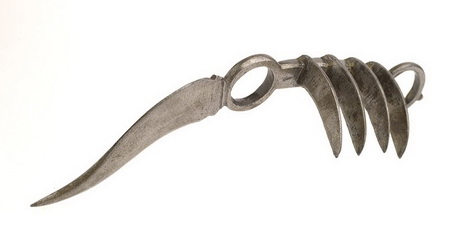
The blades, like the tiger claws they are named for, are made to slash though an opponent and, in modern history, is most often associated with the Hindu Marati warrior Shivaji. Written by Aruna Panday
Visiting a Family Heirloom
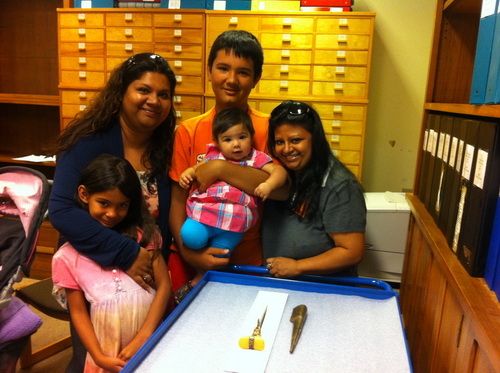
The dagger was a wedding gift in recognition of the military traditions within the family of the donor, who then gave it to the museum in order to preserve this special object for future generations. In October 2010, his daughter contacted the museum about seeing this family heirloom and then returned with the next generation of family members in tow to revisit this meaningful piece. Because of her efforts, the museum now has a fuller history of her family’s connection to this artefact, which is now part of its permanent record. Written by Deepali Dewan
Collection Highlight: Sikhs in Canada
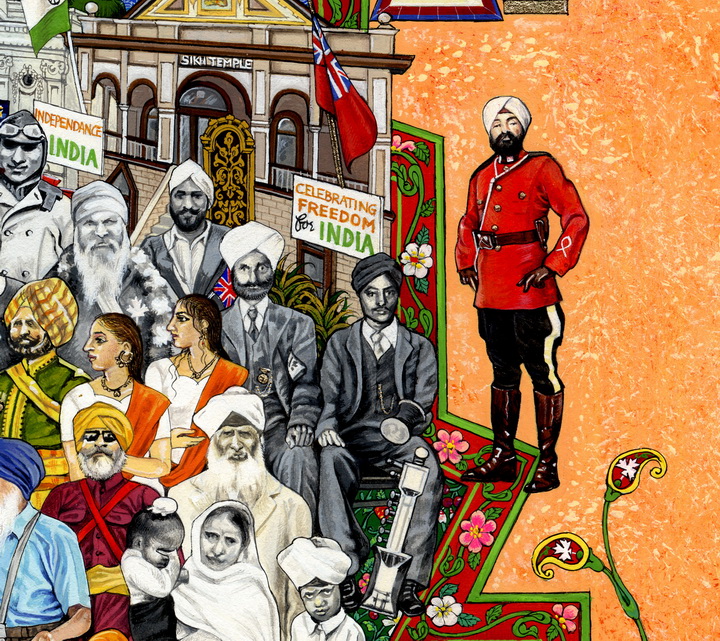
Weapon Wednesday: Chakram from India
Written by Aruna Panday, Ph.D Candidate in the Department of Anthropology at York University, Friends of South Asia co-Chair, and Summer 2014 ROM curatorial intern.
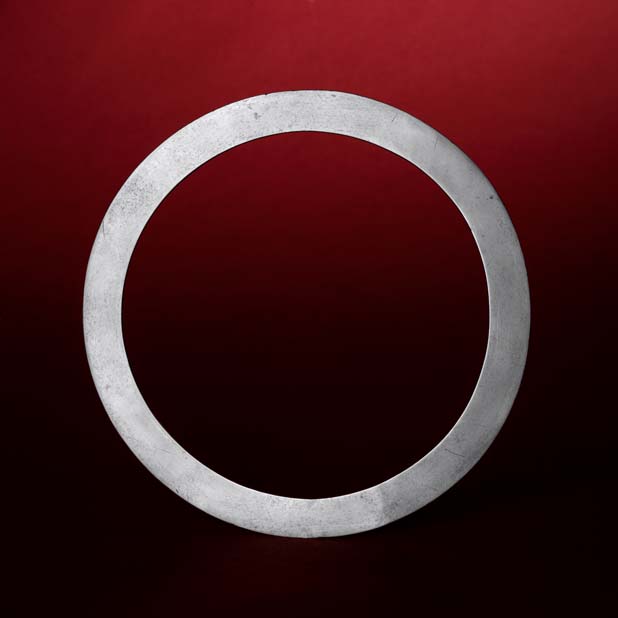
Chakram or battle-quoit, made of wrought steel, India, 19th century, ROM 910.42.52
Silk Threads from China
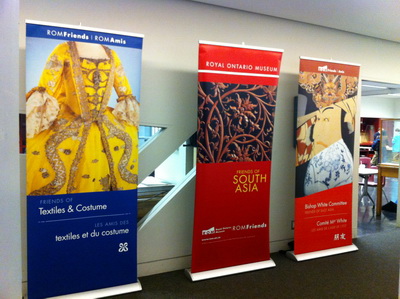
Welcome banners for Friends Groups
Of India and Modernism: Youngo Verma
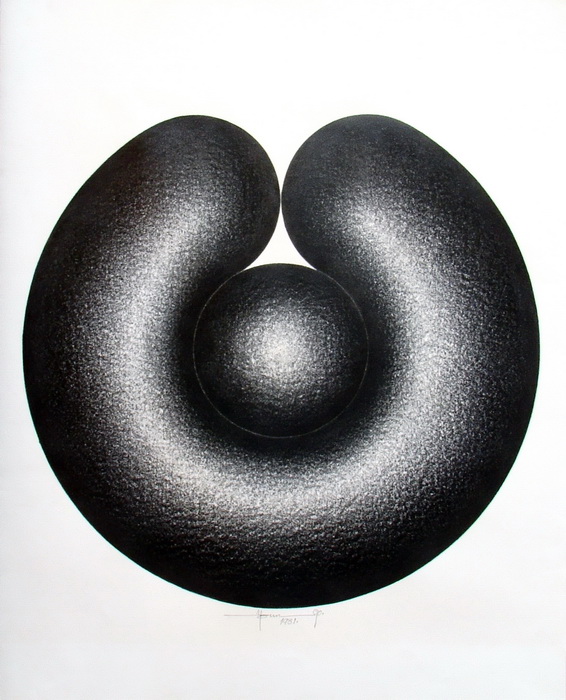
Youngo Verma (1938-2014), Tantra 21, New Dehi, India, Graphite on Paper, 1981, 36 x 48 inches. ROM 2014.14.1
Weapon Wednesday: The Indian Katar, a Necessary Dress Accessory
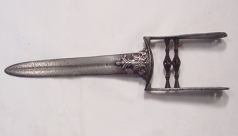
In South Asia during the 16th to early 20th centuries all fashionable young men when visiting their ladies would want to dress at their best. This would include one very necessary dress acessory: the katar. This uniquely South Asian dagger is thought to have developed in the very southern part of what is now India. In the 17th century the type was adopted across South Asia, and became a standard dress accessory in the Mughal courts.
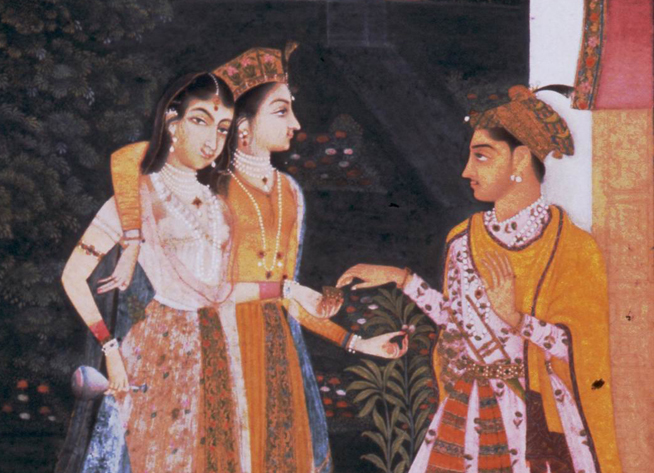
ROM Exhibit: Between Princely India and the British Raj: The Photography of Raja Deen Dayal
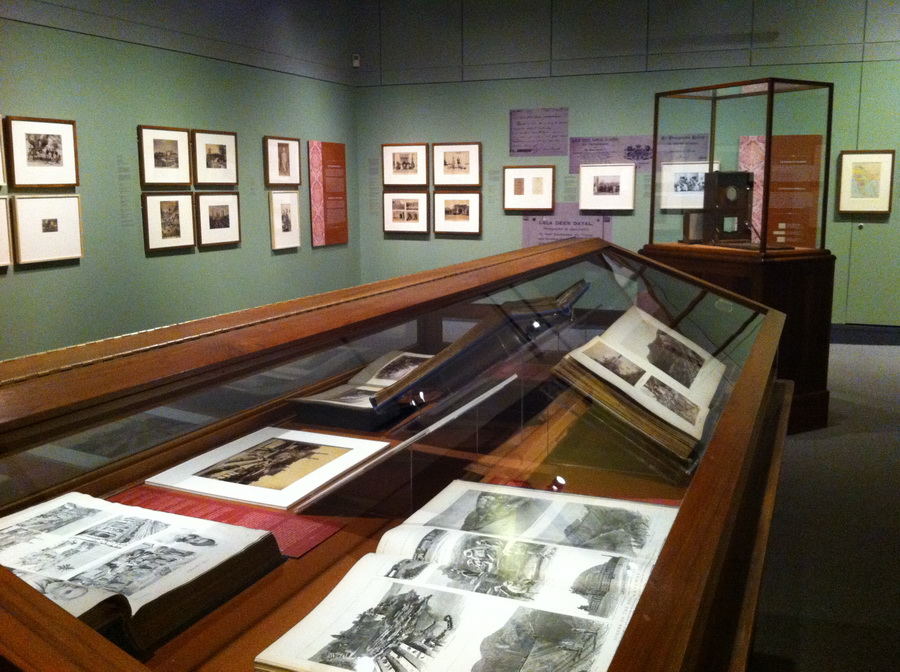
Dayal's work makes us think about how photography has come to shape our relationships with ourself, each other, and the world around us.
A surprise photograph from India
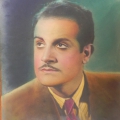
Mystery portrait in the ROM's collection, later revealed to be Sunder Shyam Chadha in the film “Chhottii Babhi,” 1951
Growing Collections: East Asian and South Asian Photography
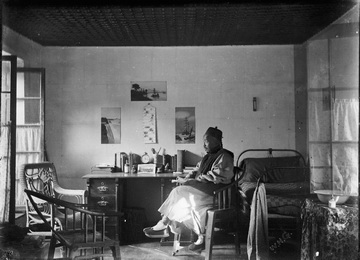
Photograph of educated man in his study by W. H. Grant, gelatin silver print, China, c. 1900. ROM 2011.79.20. Gift in memory of Rev. Dr. William Harvey Grant and Dr. Susannah McCalla Grant, M. D.
